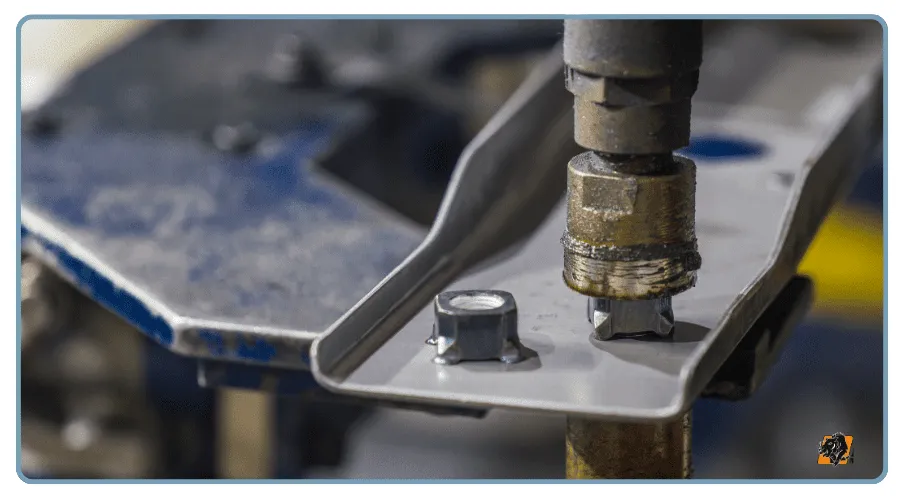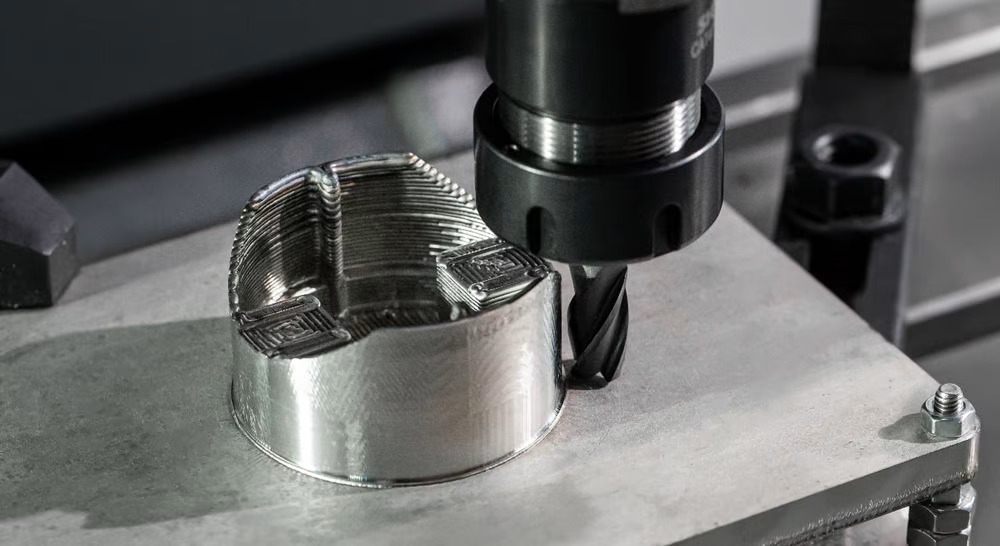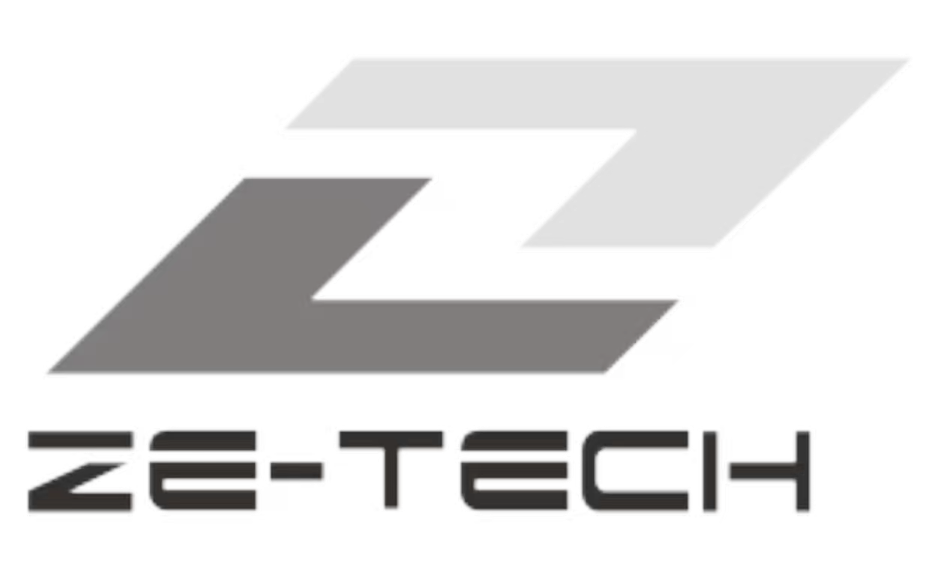In sheet metal fabrication, manufacturing precision is only half of the story—assembly determines whether the final product performs reliably in real-world applications. From aerospace components to consumer electronics, the method of joining sheet metal parts directly affects structural strength, aesthetics, production speed, and cost.
This article explores the three primary assembly methods—fastening, welding, and adhesives—detailing how each works, their advantages, limitations, and when to use them.
1. Fastening in Sheet Metal Fabrication
Fastening refers to the use of mechanical elements—such as screws, bolts, rivets, or clips—to join sheet metal components.
Key benefits:
- Allows disassembly and reassembly.
- Well-suited for products requiring maintenance or upgrades.
- Provides reliable connections without altering material properties.
Limitations:
- Adds weight to the structure.
- May require drilled holes, which can weaken material.
- Can create visible joints, reducing aesthetics.

2. Welding in Sheet Metal Fabrication
Welding joins metals by melting and fusing them together, often using filler material. Common types include MIG, TIG, and spot welding.
Key benefits:
- Produces a strong, permanent bond.
- Ideal for structural applications with high load-bearing requirements.
- Provides seamless joints, improving product aesthetics.
Limitations:
- Permanent—disassembly is not possible.
- Heat can distort thin sheet metals.
- Requires skilled labor and safety measures.
3. Adhesives in Sheet Metal Fabrication
Adhesive bonding involves applying industrial-strength glues or epoxies to join sheet metal components.
Key benefits:
- No drilling or thermal distortion.
- Distributes stress evenly across the joint.
- Enables joining of dissimilar materials (metal-to-plastic, metal-to-glass).
Limitations:
- Limited load-bearing capacity compared to welding.
- Requires surface preparation and curing time.
- Performance can degrade under extreme temperatures or chemicals.

4. Comparison Table: Fastening vs. Welding vs. Adhesives
| Factor | Fastening | Welding | Adhesives |
|---|---|---|---|
| Bond Type | Mechanical, removable | Metallurgical, permanent | Chemical, semi-permanent |
| Strength | Moderate | High | Low–Moderate |
| Disassembly | Possible | Not possible | Difficult, sometimes destructive |
| Aesthetics | Visible joints | Seamless, clean finish | Invisible bond line |
| Material Effects | May weaken via holes | Heat distortion possible | No structural weakening |
| Applications | Electronics housings, panels | Automotive frames, aerospace | Lightweight structures, hybrids |
| Cost Efficiency | Low–Moderate (hardware costs) | Moderate–High (skilled labor) | Moderate (depends on adhesive) |
5. Choosing the Right Assembly Method
- Use fastening when the design requires maintenance, modularity, or disassembly.
- Use welding for structural strength and permanence, particularly in automotive, aerospace, and heavy equipment.
- Use adhesives for lightweight products, mixed-material assemblies, or where aesthetics are critical.
Often, modern sheet metal products use a hybrid approach—for example, welded structures with adhesive-bonded seals or fasteners for access panels.
Conclusion
Assembly plays a decisive role in the performance and durability of sheet metal products. By carefully selecting between fastening, welding, and adhesives—or combining them—manufacturers can optimize strength, cost efficiency, and aesthetics. In high-performance industries, the right assembly method can be the difference between product success and failure.
What We Offer at Ze-tech Mold
At Ze-tech Mold, we provide end-to-end manufacturing services, including:
- CNC Machining & Turning
- 3D printing prototype
- sheet metal fabrication
- silicone vacuum casting
- Rapid Injection molding
- surface treatments
- PCB & PCBA
Whether you’re looking for precision CNC parts or custom prototypes, we provide tailored solutions for both low-volume and large-scale production. Get in touch with us today to discuss your project and see how we can bring your ideas to life.
